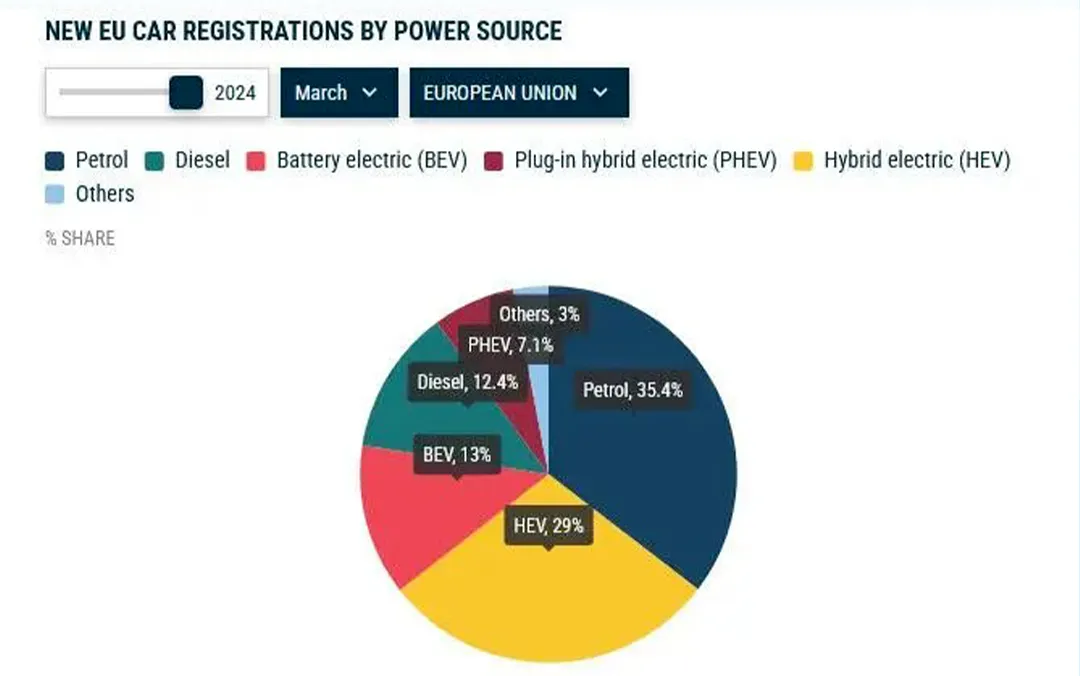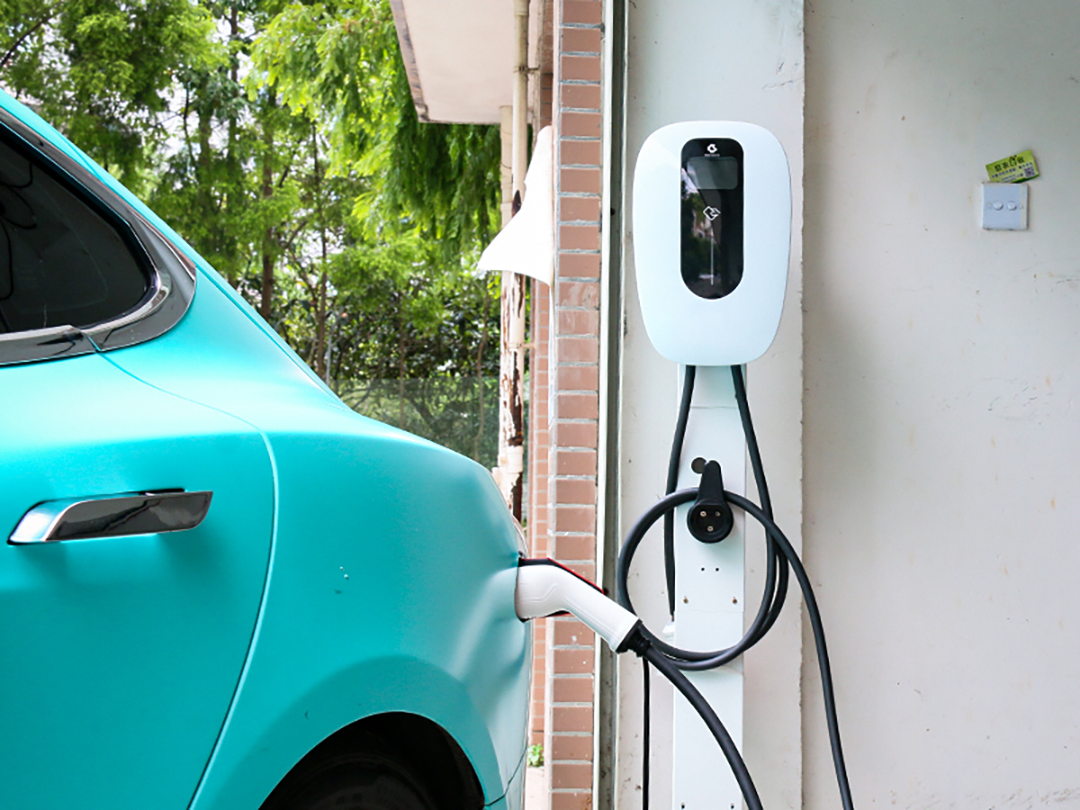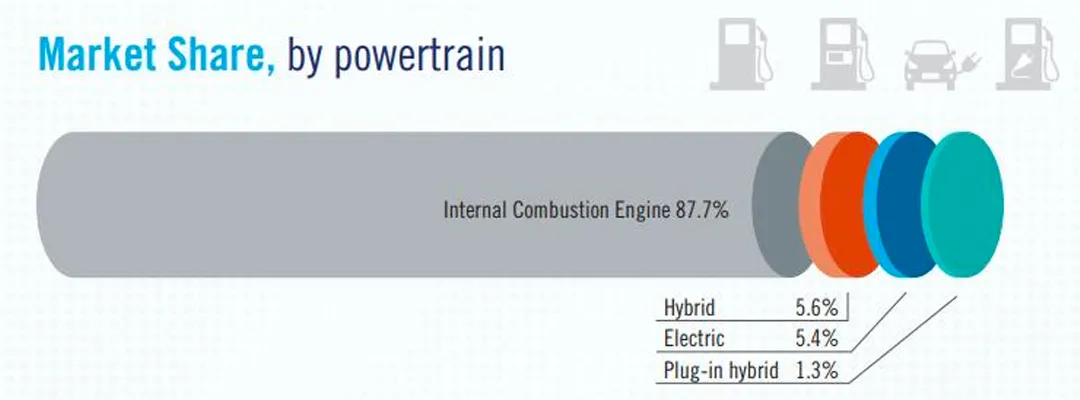European new energy vehicles are selling well
In the first 11 months of 2023, pure electric vehicles accounted for 16.3% of new cars sold in Europe, surpassing diesel vehicles. If coupled with the 8.1% of plug-in hybrids, the market share of new energy vehicles is close to 1/4.
For comparison, in the first three quarters of China, the number of new energy vehicles registered was 5.198 million, accounting for 28.6% of the market. In other words, although the sales of new energy vehicles in Europe are lower than those in China, in terms of market share, they are actually on par with those in China. Among Norway’s new car sales in 2023, pure electric vehicles will account for more than 80%.
The reason why new energy vehicles in Europe sell well is inseparable from policy support. For example, in countries such as Germany, France, and Spain, the government has provided certain subsidies for promoting ESG, whether it is buying or using cars. Secondly, European consumers are relatively receptive to new energy vehicles, so sales and proportion are rising year by year.
Sales of new energy vehicles surge in Southeast Asia
In addition to Europe, the sales of new energy vehicles in Southeast Asia in 2023 will also show a breakthrough trend. Taking Thailand as an example, from January to November 2023, pure electric vehicles sold 64,815 units. However, there seems to be no advantage in terms of sales volume, but in fact it already accounts for 16% of the overall new car sales, and the growth rate is alarming: in 2022 Among Thai passenger cars, the sales volume of new energy vehicles is only more than 9,000 units. By the end of 2023, this number will surge to more than 70,000 units. The main reason is that Thailand introduced a subsidy policy for new energy vehicles in March 2022.
For passenger cars with less than 10 seats, the consumption tax has been reduced from 8% to 2%, and there is also a subsidy of up to 150,000 baht, equivalent to more than 30,000 yuan.
The U.S. new energy market share is not high
Data released by Automotive News shows that in 2023, pure electric sales in the United States will be about 1.1 million units. In terms of absolute sales volume, it actually ranks third after China and Europe. However, in terms of sales volume, it is only 7.2%; plug-in hybrids account for even lower, only 1.9%.
The first is the game between electricity bills and gas bills. Gas prices in the United States are relatively not that high. The difference between the charging fee and the gas price of electric cars is not that big. In addition, the price of electric cars is higher. After all, it is more cost-effective to buy a gas car than an electric car. Let’s do some math. The five-year cost of an ordinary household electric car in the United States is $9,529 higher than a fuel-powered car of the same level, which is about 20%.
Secondly, the number of charging piles in the United States is small and their distribution is extremely uneven. The inconvenience of charging makes consumers more inclined to buy gasoline vehicles and hybrid vehicles.
But everything has two sides, which also means that there is a large gap in the construction of charging stations in the US market.
If want to know more about this, please feel free to contact us.
Tel: +86 19113245382 (whatsAPP, wechat)
Email: sale04@cngreenscience.com
Post time: May-12-2024







